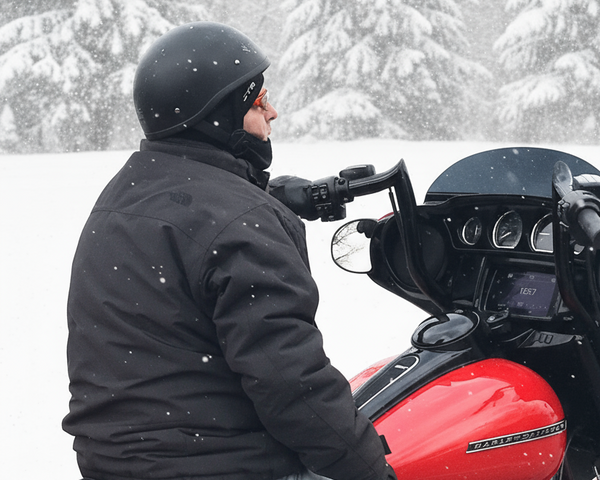Behind every CTR Outdoors hat, balaclava, and skully lies a balance of physics, fabric, and fit. As temperatures drop, the challenge isn’t only to stay warm-it’s to manage heat, moisture, and wind in real time. This first instalment of The Science of Staying Warm explores how CTR’s headwear systems create a personal micro-climate built for movement and endurance.
Balaclavas - Engineered Microclimates
When conditions turn severe, a full-coverage balaclava provides the foundation of thermal efficiency. CTR uses Pro-Stretch Plus and ThermoLUX™ fabrics to balance insulation with breathability.
Pro-Stretch Plus features a dual-surface knit that traps warm air while promoting airflow under helmets. Its Silvadur® 900 silver-ion finish binds Ag⁺ ions to the polymer structure, preventing odor-causing bacteria and keeping the fabric fresh over repeated wear.
ThermoLUX™ relies on hollow-core polyester filaments... fibers designed with tiny internal channels that hold heat yet allow vapor to escape. A hydrophilic surface treatment spreads moisture for rapid evaporation, keeping you dry even under layers.
Skullies — Lightweight Thermal Control
High-output activity demands precision heat management. CTR’s MicroFlex™ and Pro-Stretch™ fabrics deliver dynamic thermal balance and moisture transfer in minimalist form.
MicroFlex™ microfleece channels perspiration through capillary-action fibers that disperse moisture over a wider surface area for rapid phase change. Pro-Stretch™ adds four-way elasticity with resilient elastane crosslinks, ensuring a close fit without pressure points. The knit structure stretches equally in every direction, conforming naturally to head shape and movement while maintaining even tension across seams and panels. This eliminates hot spots and compression lines, allowing consistent blood flow and comfort during extended wear. The cross-linked elastane fibers act like microscopic springs - each one elongates under tension and immediately recovers, preventing the fabric from bagging or losing its shape over time. In cold conditions, that recovery is critical: it keeps the material snug against the skin so warm air stays trapped and moisture can transfer efficiently through the inner surface. The result is a headwear layer that feels weightless, stable, and responsive no matter how active you are.
Why Headwear Comes First
Up to 10 percent of total body heat can escape through the head, and that loss increases sharply in wind, moisture, or high-altitude environments. The head and neck contain dense blood-vessel networks just beneath the skin; uncovered, they radiate heat rapidly to regulate core temperature. In cold or gusty conditions, that same mechanism accelerates cooling - convective air currents strip warmth faster than the body can replace it, draining energy long before frostbite becomes a concern.
CTR headwear is engineered to moderate that exchange, not simply block it. Each fabric system manages three simultaneous processes: conduction (heat transfer through direct contact), convection (air movement and wind exposure), and evaporation (moisture leaving the skin). Insulating layers trap air to slow conduction, tightly constructed outer surfaces resist convective loss, and moisture-management finishes accelerate evaporation so dampness cannot chill the skin. The interaction of these layers maintains a stable personal micro-climate that adjusts as you move - retaining heat when you pause, releasing it as your activity level rises.
This principle of thermal equilibrium in motion defines CTR’s design philosophy. True performance headwear isn’t about maximum insulation at every moment; it’s about intelligent regulation - balancing retention and release so your temperature stays within the optimal comfort zone through every climb, descent, and wind-swept ridge.




